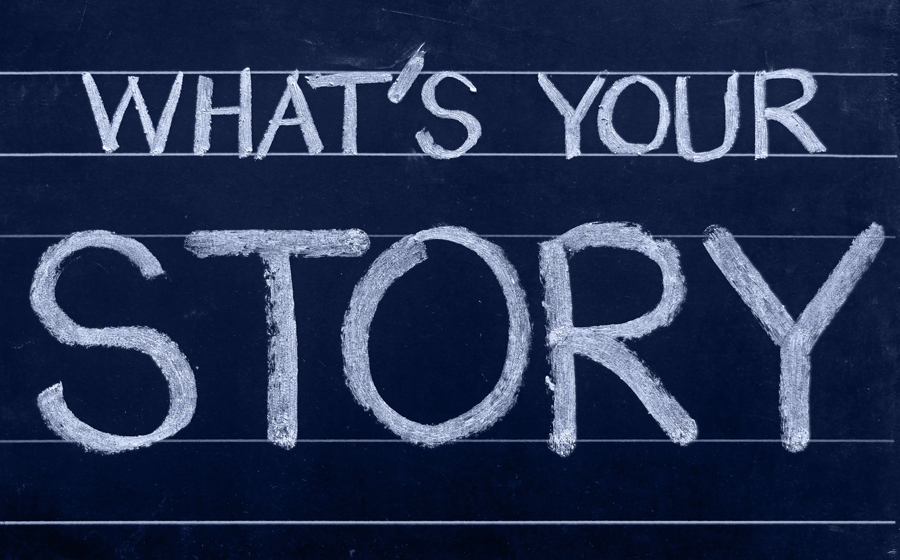 It is very likely that storytelling has existed as long as communication. For humans that would have been as early as pre-verbal communication, although many people argue that cave drawings are the first indisputable evidence that people told stories. Obviously, the art of verbal story telling is temporary but likely to be no less impactful at the time of engagement. Using verbal stories is just as powerful today but often over-looked by marketeers who focus on the reach of social media friendship circles rather than the very powerful persuasion of a spoken recommendation from a trusted acquaintance.
It is very likely that storytelling has existed as long as communication. For humans that would have been as early as pre-verbal communication, although many people argue that cave drawings are the first indisputable evidence that people told stories. Obviously, the art of verbal story telling is temporary but likely to be no less impactful at the time of engagement. Using verbal stories is just as powerful today but often over-looked by marketeers who focus on the reach of social media friendship circles rather than the very powerful persuasion of a spoken recommendation from a trusted acquaintance.
History of storytelling
Despite the debate about the true origins of storytelling, we can trace its development from the cave drawings to early written works to the explosion of printed publication and today with another explosion of online content. The process of production has significantly affected the art of story-telling, reaching much larger audiences and just as significantly the role of editor has waxed and waned over time.
Early on the author, in verbal terms, delivered their work but as storytelling became art, editing became a factor in production. Imagine a committee of cave dwellers meeting to decide what should appear on their walls.
As resources were dedicated to the production – monks recording, press printing, radio and TV equipment recording, so editing became crucial and some power shifted away from the author. Now, with the ability to create content on every smartphone, the power has shifted again back to the author.
Emotion
Part of the attraction of creating a story is to humanise a tale. Explanations can be given more emotion and made much more engaging. Research tells us that people remember stories 22 times more than mere facts, thanks to the emotion involved and the never-ending quest for humans to recognise patterns. It appears we are hard-wired to appreciate a good story.
Storytelling in the corporate world
This makes storytelling a powerful tool for any organisation, giving a guide to how best to engage customers, staff and stakeholders. It is, however, important to remember that there is a real skill to telling a good story. It used to be possible to make a living by entertaining with storytelling to small crowds and those early spoken story performers could adapt their story to reflect their audience’s specific requirements. Today’s professionals could learn much from these ancient communicators.
Examples of story telling
SRF has been involved in crafting stories across a wide variety of industries for a broad range of clients. When black cab co-operative Radio Taxis needed to publish their latest annual reports, we created a series of photos around London, based on the theme of reflections. Bringing together images of black cabs reflected in some of the famous buildings across the city with a commentary on the financial performance made the figures much more engaging.
Similarly, when the world’s only passenger hovercraft operator wished to celebrate its 50th anniversary, conveying half a century of history was a complex challenge. By involving customers and staff from across the decades, SRF helped Hovertravel tell it’s story through a campaign of heartfelt anecdotes.
If you want help with your story, please get in touch.
